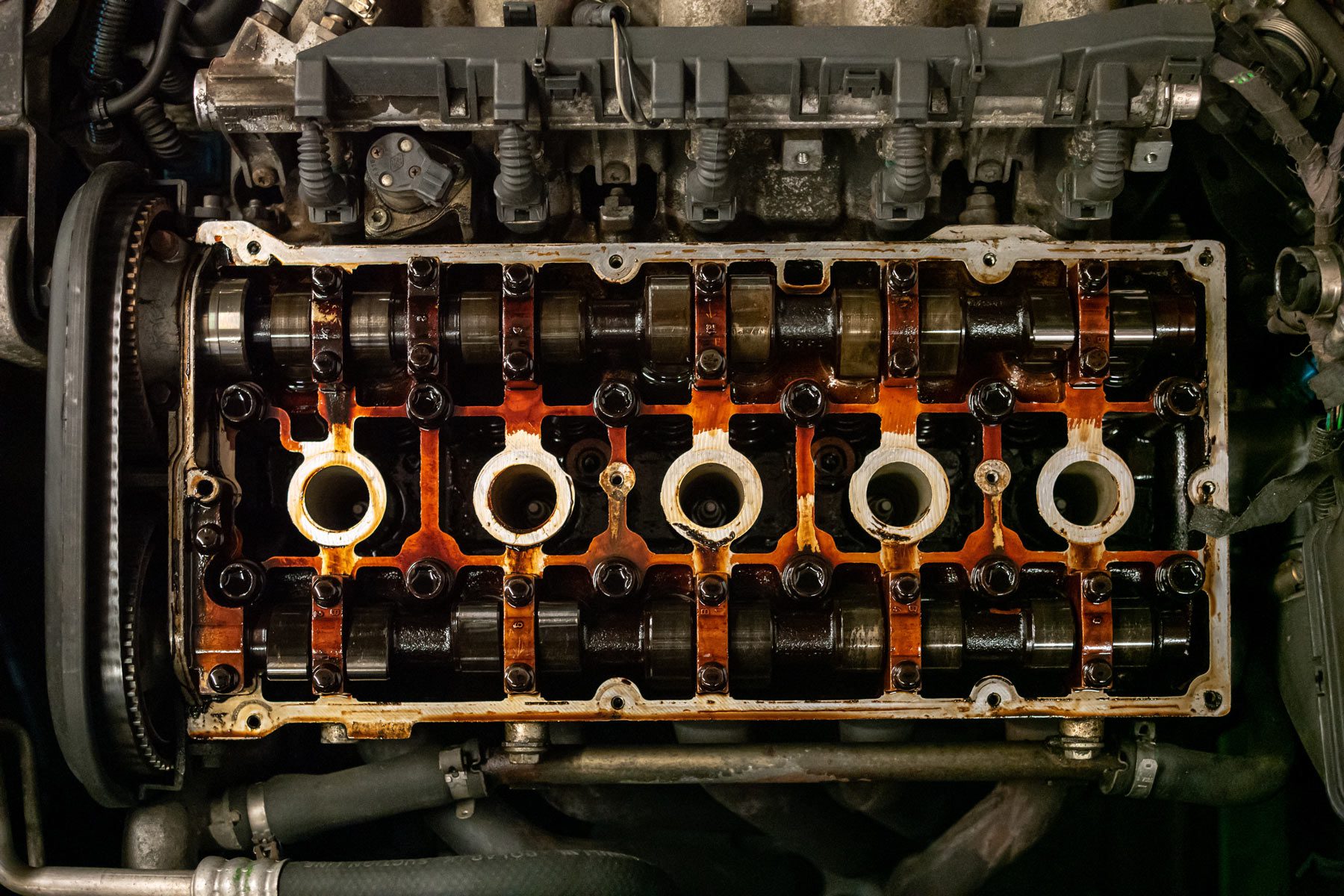Opel Corsa Engine: Whatever You Need to Know Before Acquiring
Opel Corsa Engine: Whatever You Need to Know Before Acquiring
Blog Article
Discovering the Inner Operation of a Compact Automobile's Engine System
As chauffeurs, we usually take for given the intricate processes that take place within the confines of our lorry's engine system. In this exploration of a small vehicle's engine system, we will certainly unravel the inner functions of this mechanical symphony, dropping light on the enigmas that drive us forward on our everyday trips.
Combustion Refine Overview
The combustion procedure in a compact car's engine system is a critical system that effectively transforms gas right into power to power the car. This procedure takes place within the burning chamber of the engine, where fuel and air mix, fire up, and generate controlled surges. The burning process contains four primary phases: consumption, compression, exhaust, and power.
Throughout the consumption phase, the piston moves downward, drawing in a mixture of air and gas into the burning chamber. The next phase, compression, involves the piston relocating upward, pressing the air-fuel mixture to raise its strength. Ultimately, in the power stage, the trigger plug fires up the pressed mix, causing a quick growth of gases that compels the piston back down. This descending movement produces the power required to drive the car. In the exhaust phase, the scorched gases are gotten rid of from the combustion chamber via the exhaust valve, preparing the chamber for the following cycle. This cyclic burning process is essential to the procedure of a compact automobile's engine system, guaranteeing effective power conversion for propulsion.
Piston and Cyndrical Tube Interaction

The piston's specific fit within the cyndrical tube is essential for maintaining optimal compression and avoiding energy loss during combustion. Limited clearances in between the piston and cylinder walls make sure effective securing, permitting the piston to relocate smoothly without allowing gases to leakage past. Correct lubrication is additionally essential to lower rubbing and use in between these parts, boosting long life and efficiency.
Moreover, the style and materials used in making the piston and cyndrical tube impact engine efficiency and toughness. Modern engines commonly utilize lightweight yet durable products like light weight aluminum alloys for pistons and cylinder linings to minimize inertia and enhance thermal efficiency. On the whole, the unified interaction in between the piston and cyndrical tube is fundamental to the engine's functionality and overall efficiency.
Gas Injection System Capability
Gas injection systems in portable car engines play a crucial function in precisely supplying fuel to the burning chamber for effective and controlled ignition. The gas injection system works by injecting fuel right into the burning chamber at the optimal minute during the engine's procedure (opel corsa engine). This precise timing guarantees that the gas mixes equally with the air for proper burning, resulting in boosted fuel performance and reduced discharges
There are mostly 2 types of gas injection systems utilized in portable car engines: port gas shot (PFI) and direct gas shot (DFI) PFI systems inject gas right into the intake port before the consumption valve, while DFI systems inject fuel straight you could check here into the combustion chamber. Both systems have their benefits, with DFI offering much better gas atomization and PFI providing a much more affordable remedy.
Understanding Engine Cooling Devices
Efficient procedure of a small car's engine relies greatly on the efficiency of its cooling systems. The cooling system in a compact lorry commonly is composed of several components functioning together to control the engine temperature level. Understanding these engine cooling mechanisms is essential for maintaining the efficiency and long life of a small car's engine system.

Exhaust System Components Explained
The optimal performance of a compact lorry's engine cooling systems depends on a complementary system recognized as the exhaust system, which comprises different important parts for ensuring effective exhausts and engine performance. The exhaust manifold accumulates exhaust gases from the engine's cyndrical tubes and paths them to the catalytic converter.
One vital component of the exhaust system is the oxygen sensor, which checks the oxygen levels in the exhaust gases to assist manage fuel usage and ensure ideal engine efficiency. opel corsa engine. In addition, the resonator may exist in some exhaust systems to lower noise levels. Overall, the exhaust system plays a crucial duty in maintaining engine effectiveness, lowering hazardous discharges, and making sure a quieter driving experience for portable vehicle owners

Final Thought
To conclude, the compact car's engine system is an intricate mix of components that interact to promote the burning process, convert fuel into power, and eliminate waste gases. Understanding the inner functions of the engine system, including the piston and cylinder interaction, fuel injection system, engine cooling systems, and exhaust system parts, is crucial for maintaining ideal performance and performance of the vehicle.
The burning procedure in a compact vehicle's engine system is a vital system that effectively converts fuel into power to power the lorry.Gas shot systems in portable lorry engines play an this hyperlink essential duty in specifically supplying gas to the burning chamber for effective and regulated ignition.There are primarily 2 types of gas shot systems made use of in compact vehicle engines: port gas shot (PFI) and straight fuel injection (DFI) Understanding these engine air conditioning devices is vital for maintaining the efficiency and longevity of a portable vehicle's engine system.
The optimum performance of a small car's engine cooling devices depends on a corresponding Discover More system understood as the exhaust system, which comprises numerous essential parts for making certain effective emissions and engine efficiency.
Report this page